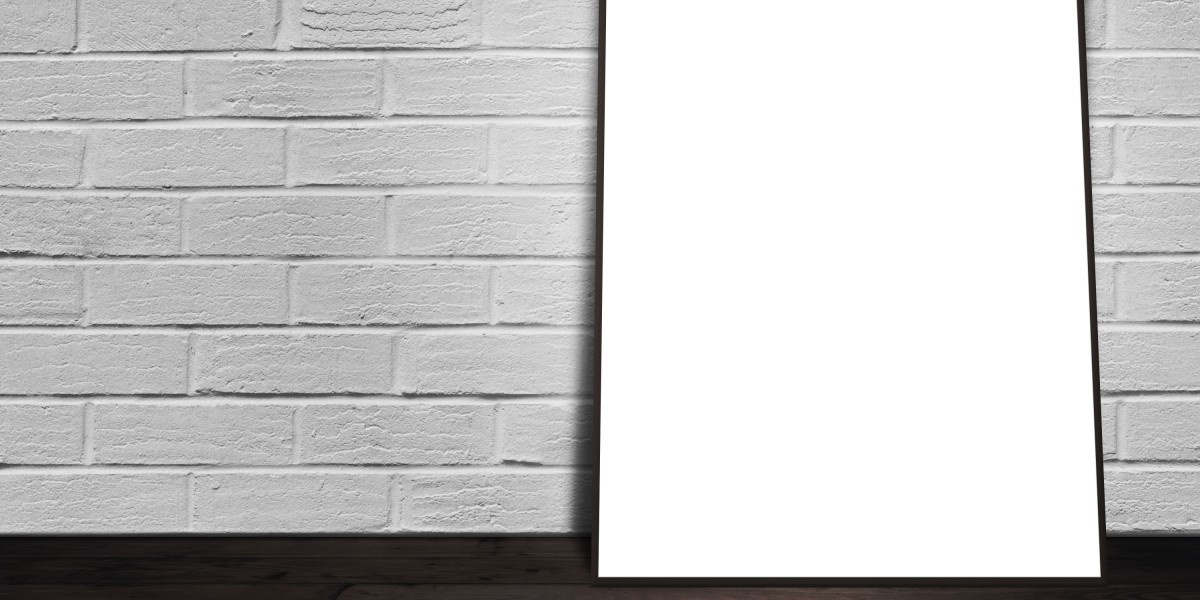In the digital era, businesses across finance, banking, and e-commerce increasingly rely on Know Your Customer (KYC) verification to secure transactions and prevent fraud. While facial recognition has become a widely used method for digital onboarding, it is not entirely immune to sophisticated fraud techniques. One such growing threat is the Camera Injection Attack, which bypasses standard face verification systems. To counter this, organizations are adopting Face Liveness Check technology as a critical line of defense.
What is a Camera Injection Attack?
A Camera Injection Attack occurs when fraudsters manipulate the data stream from a device’s camera and replace it with pre-recorded or synthetic content. Instead of presenting a live face to the camera, attackers inject a fake video feed that appears authentic to the system. This method is particularly dangerous because:
It bypasses simple selfie verification.
Attackers can use deepfakes or recorded videos.
It challenges businesses that depend on remote customer onboarding.
Traditional facial recognition systems often fail to detect such sophisticated spoofing attempts, leading to serious risks of identity theft, money laundering, and account takeovers.
Role of Face Liveness Check
Face Liveness Detection is designed to confirm whether the biometric data presented during verification comes from a real, live person rather than a spoofed source. Advanced liveness checks use AI-driven algorithms to analyze subtle facial movements, depth, and texture to ensure authenticity.
Key features of Face Liveness Check include:
Active Liveness Detection: Users are asked to blink, smile, or move their heads during verification.
Passive Liveness Detection: The system detects natural facial patterns without requiring user interaction.
3D Depth Analysis: Identifies flat images, videos, or deepfakes by analyzing 3D facial depth.
By integrating these methods, organizations can effectively prevent camera injection attacks and strengthen their KYC process.
Why Businesses Need It
With the rise of remote transactions, ensuring secure digital identity verification has become a necessity. Industries like banking, insurance, telecom, and cryptocurrency exchanges face high risks of fraud. Implementing Face Liveness Checks not only blocks camera injection attacks but also ensures compliance with regulations such as AML (Anti-Money Laundering) and KYC norms.
Conclusion
As fraudsters become more advanced, businesses must stay ahead with equally powerful defenses. Camera Injection Attacks expose the vulnerabilities of basic face verification systems, but Face Liveness Check provides a reliable safeguard. By leveraging advanced biometric authentication, companies can protect their customers, prevent financial losses, and build digital trust.








